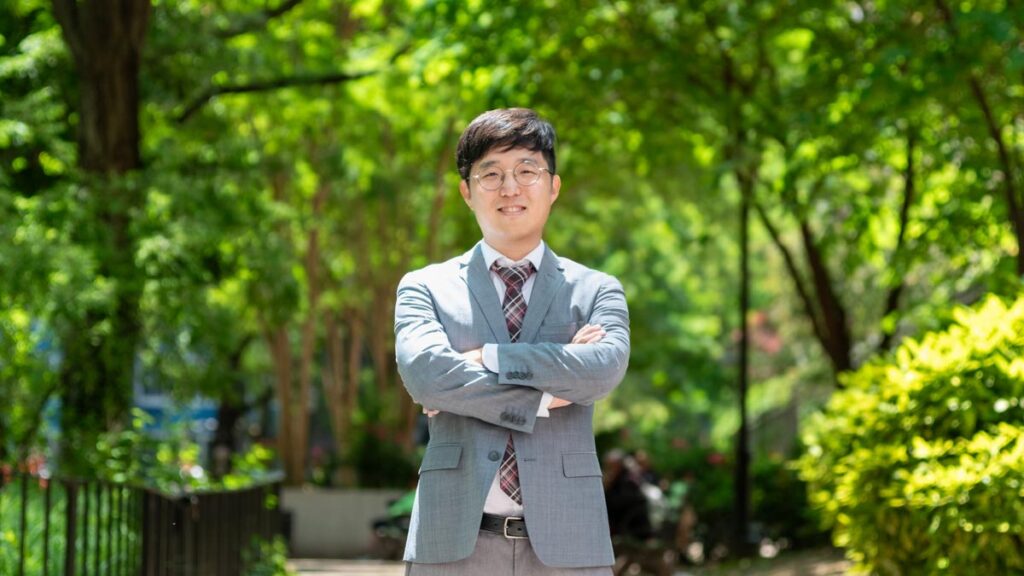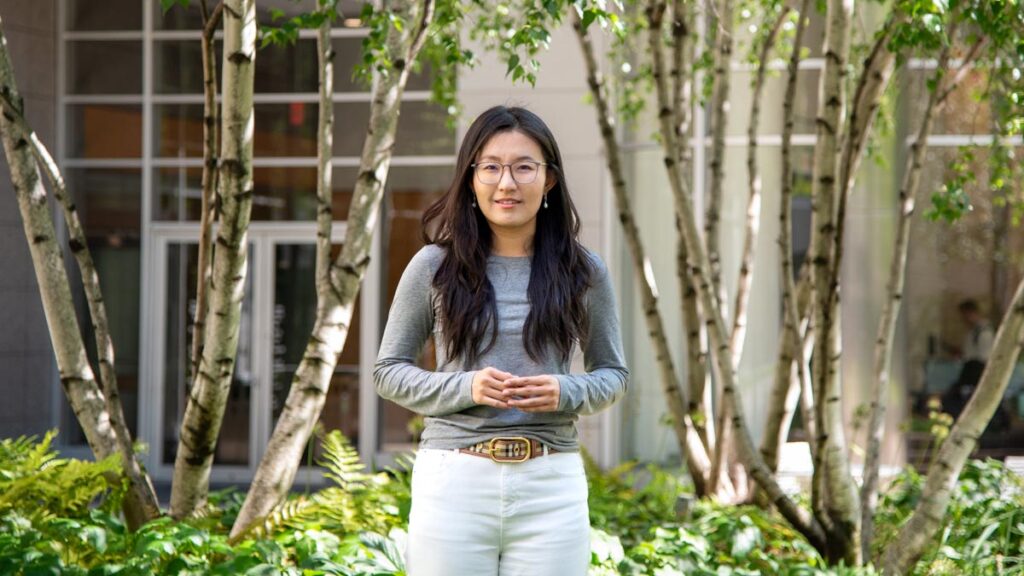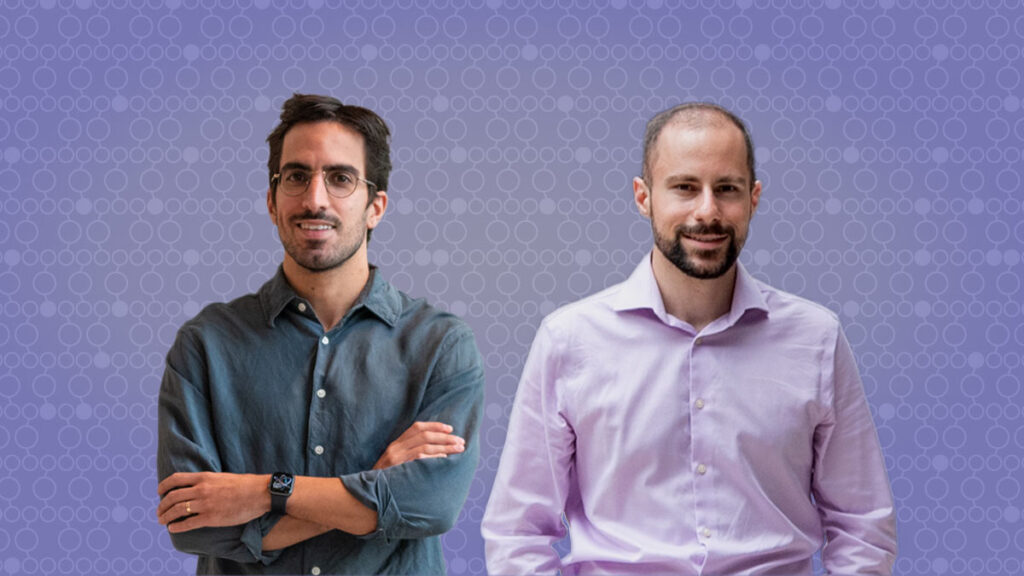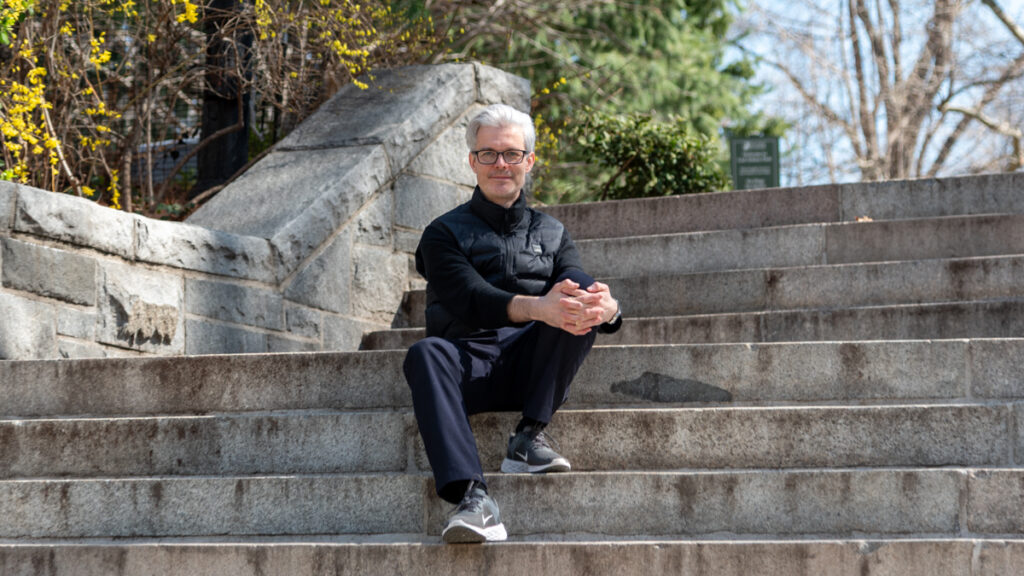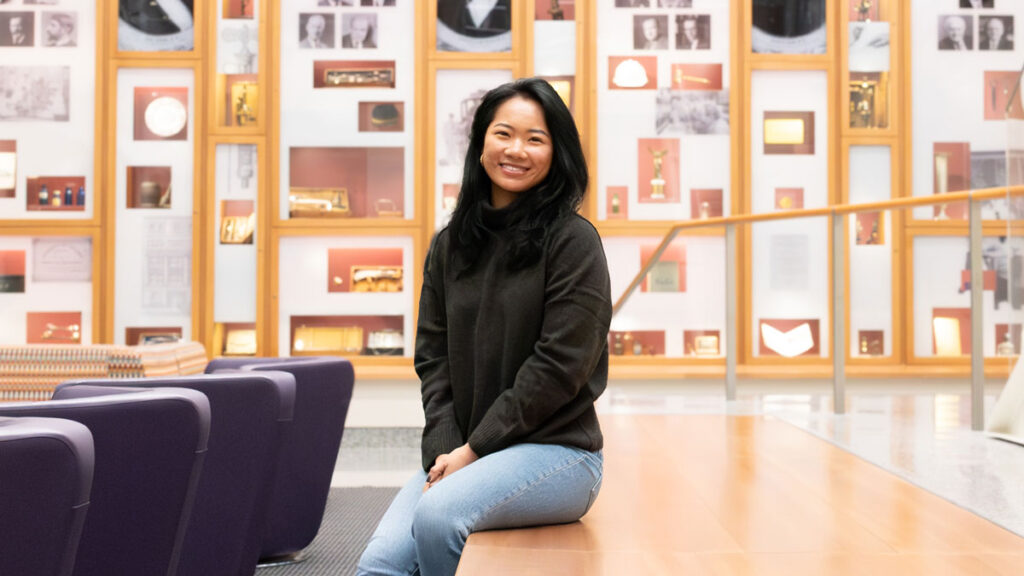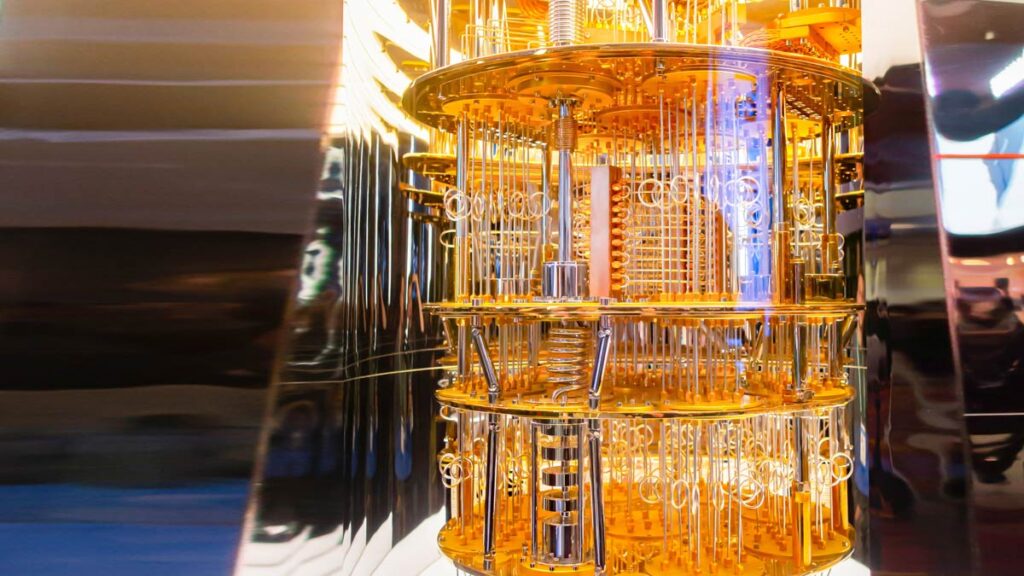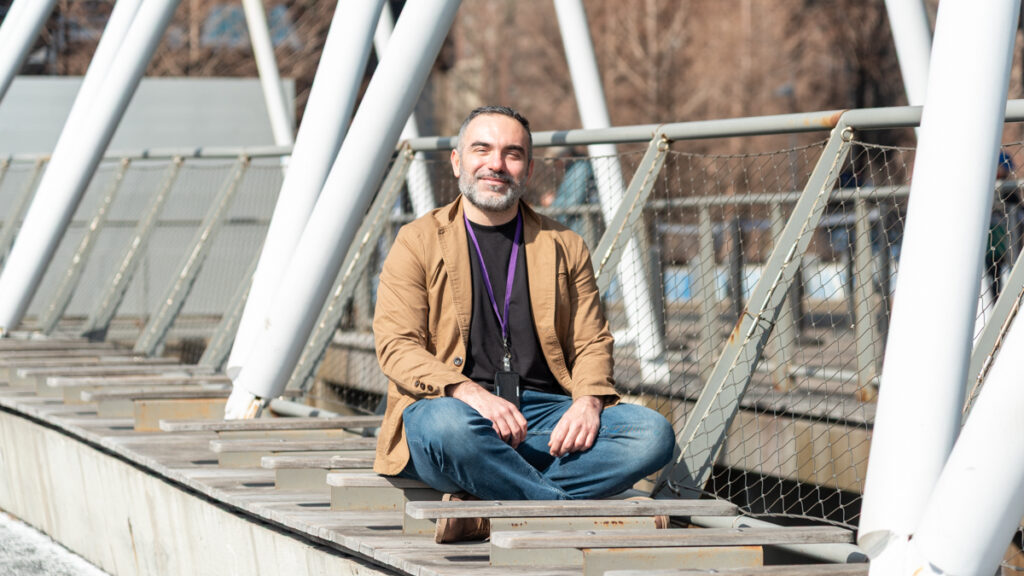Congratulations to Jungkyu Park on a successful defense of his doctoral dissertation in biomedical imaging and technology at NYU Grossman School of Medicine.
Author: Pawel Slabiak
Congratulations to Ruoxun Zi on a successful defense of her doctoral dissertation in biomedical imaging and technology at NYU Grossman School of Medicine.
Congratulations to Santiago Coelho and Ilias Giannakopoulos on being named among the 2025 junior fellows of the International Society for Magnetic Resonance in Medicine.
Congratulations to Hersh Chandarana and Yulin Ge on being named among the 2025 senior fellows of the International Society for Magnetic Resonance in Medicine.
Jingjia Chen, postdoctoral fellow who investigates longitudinal imaging and imaging in the presence of motion, talks about using the past in the present, improving body MRI, and taking better pictures.
Congratulations to Jingjia Chen and coauthors on winning second prize in oral presentations at the International Society for Magnetic Resonance in Medicine workshop on body MRI.
Patryk Filipiak, research scientist who specializes in diffusion MRI and tractography, talks about visualizing neural fibers, imaging the world’s first whole-eye transplant, and striving to see what’s really there.
Congratulations to Anna Chen on a successful defense of her doctoral dissertation in biomedical imaging and technology at NYU Grossman School of Medicine.
MRI researchers at NYU Langone and colleagues propose a quantum approach to fixed-point arithmetic for ordinary differential equations.
Eros Montin, research scientist who develops MRI simulation software and investigates radiomics, talks about building a virtual scanner, using orthogonal information, and what he thinks about while walking down the street.

